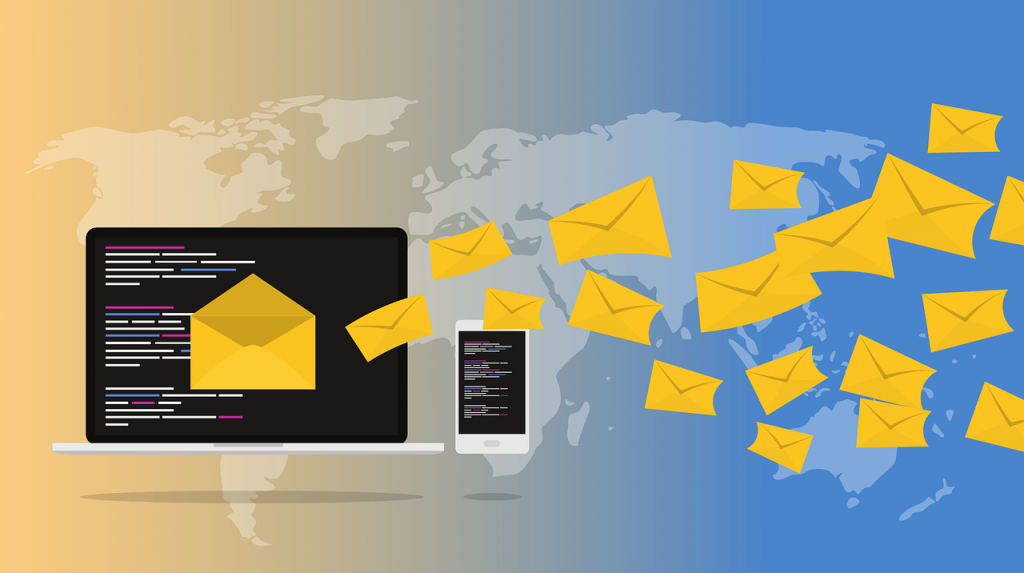With another week into the semester, it’s only natural that your inboxes have been flooded with Canvas updates or the emails from student organizations or maybe company emails as a result of your job hunting. Up until recently, I had seven different communication spaces and I don’t even use Twitter, so I am guessing some of you are a few steps ahead in that respect. In addition, I have five different email accounts and to be honest I have never been able to manage this ever-flowing stream of information in the most effective way. I feel a little endorphin rush when a new notification pops up on the top bar of my phone, but I am also not a big fan of spending half my time reacting to those things popping on my screen.
So I decided to do some digging and found a few suggestions which we can all easily apply to make a dent toward the inbox stress.
1. Close accounts you don’t need and maintain accounts with a specific purpose. Here’s what I did: I narrowed down all my email accounts from five to three. One for school, one for job searches or other official business like banks and credit card information and one for miscellaneous stuff like newsletters and application sign-ups. It gets easier if you have a handful of addresses to maintain as you can now prioritize your inbox based on the functions of your emails.
2. Master your filter skills: Take a few minutes to watch a tutorial on email filters on YouTube if you don’t know how to apply one. Now that you have categorized your email addresses it’s easier to apply filters based on the content. It may sound simple, but you would be surprised how few people consider it. Here are a couple of filter suggestions off of the top of my head. You can put all your CC’ed emails under one folder since those emails are not often required to be read every time and are meant just for keeping you updated. Create a filter for an email list like the ASME or fencing club for example. You could always tap into those emails whenever you can afford a little distraction.
3. Unsubscribe! Most of us subscribed to newsletters which we never read. It may seem simpler to delete an email than open it and unsubscribe; but when you factor how frequently you need to delete something, it’s more efficient to eliminate future deletions.
4. Check emails at set times if possible: Tim Ferris, in his book “The 4-Hour Workweek,” explicitly mentions checking your email at set times only. He brings up a very interesting point that in today’s internet age we all feel that the person on the other side is expecting a reply in the next second. However, most times it so happens that some emails don’t need an answer right away and can afford to wait a few hours for a reply. I’ll admit this is a hard one for me. I like to see emails as they come in and then deal with them right away. But in the end, I far prefer having control over my time and better access to flow.
Coming to social media applications, these are some of the techniques I implemented to minimize distraction.
1. Eliminate social media messages where you can: Try to reply on only one platform if possible. I saw a friend follow this technique, she mentioned in her Instagram and Twitter bio that she only responded to DMs on Snapchat. This not only gives control on who can message you, but also strikes off a few more notifications on your lists.
2. Hide notifications: This may be hard, but if you use Android/iOS apps like “Stay Focused,” you can block all notifications for a time block and once you step out of the time block you get all your notifications at once.
Those were some of the tips I came across and have started to implement with my daily quota of emails. I may not have mastered the inbox stress yet, but it’s a stepping stone. I think it’s a lot easier for us to use the web in a meaningful way when we learn to respond to emails at a manageable pace, on our own terms.






One Response
Great Son need to learn when u r back home